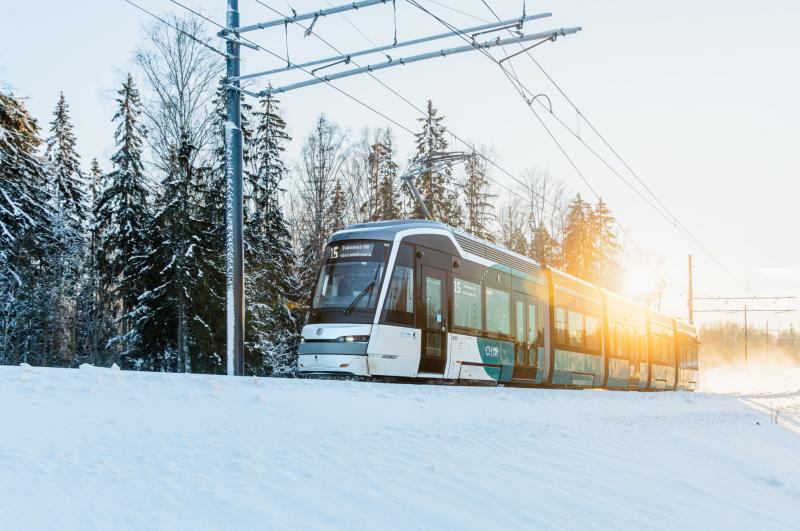Tram network expanding at record speed

Over the next ten years, Helsinki will introduce over 30 km of new tramway. In the future, rail tracks will not only serve the inner-city area but also transport passengers to Laajasalo, Kannelmäki and Malmi.
The resurgence of tramways is not just happening in Helsinki. For the past few decades, modern rail traffic has been increasing in popularity around the world. For example, around 20 new tramway systems have been opened in France in this millennium alone. Similarly, several new systems have also been launched in Northern Europe – for example in Tampere.
Light rail line combines the advantages of tram, metro and train
While traditional tramways often share lanes with other traffic, a light rail line travels predominantly in its own one. Compared to the metro and train, the advantage of a light rail line is its flexibility, as the route does not need to be completely separated from other traffic. This means that light rail stops are located near homes and services.
In terms of technology, light rail trams do not differ significantly from the conventional ones, even though the railcars are longer and their transport capacity is higher. The speed does not depend on the type of tram, but on the environment: on tracks separated from other traffic the tram runs faster, while near other traffic it moves more slowly.
The typical average speed of a light rail tram is 20–25 km/h. This reduces journey times compared to the more traditional tram lines in the inner city, where the average speed is 12–16 km/h.
In addition to having its own lane, the faster speed of a light rail line is made possible by favourable traffic light settings. The aim is for the railcars to stop only at designated stops. Long distances between stops also speed up travel time outside the city centre.
In addition to smoothness, the advantages of the light rail include its transport capacity and reliability. The cars of Jokeri Light Rail (line 15), which was introduced last year, are 34 metres long, and have 78 seats and approximately 130 standing places.
Expansion to continue to Kalasatama and Laajasalo
The tram network will expand further this year when line 13 begins operating between Kalasatama and Pasila. Significant progress has also been made in the Crown Bridges project that links the inner city to Laajasalo. The aim is to open the bridges for traffic in 2027.
Next in line are the new western Helsinki tram lines, which will bring trams to western Töölö and towards Vihdintie and Kannelmäki. Furthermore, a line that runs to Malmi via Viikki is also being planned, and Vantaa has decided to construct a tram line from Mellunmäki to Helsinki Airport, although its funding has not yet been confirmed.
In addition, the plans for the Mäkelänkatu boulevard city are based on functioning tram transport. Future plans also include an extension of the Laajasalo light rail line from Hakaniemi to Jätkäsaari through the city centre.
Inner-city tram routes to be developed
The light rail line and the tramways in the inner city are not two competing systems. In fact, their fleets of cars are mutually compatible. While the light rail routes are expanding, the aim is also to improve the speed and reliability of the tram transport in the inner city. The network is expanding, with the most recent examples including the extensions to Eiranranta and Ilmala.
The light rail lines are only one part of the Helsinki Metropolitan Area public transport system. Each mode of transport has its own role.
Higher-capacity rail vehicles operate where the number of passengers is also high. Light rail, metro and local trains make travelling between districts and regional centres easy. Trams, in turn, form the backbone of public transport in the inner city. Electric buses transport passengers on quieter routes and in less busy areas.

